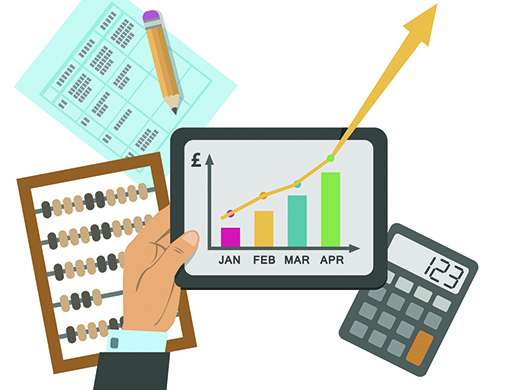Getting on top of your monthly income forecast
In Running Your Business
Follow this topic
Bookmark
Record learning outcomes
Cash flow remains an issue, and looking again at some good housekeeping points is worth your time, suggests John Hogan, chief data scientist at data analysts Real World Analytics
There are very few industries in the world where contractors work all month without knowing how much they will be paid for their efforts. Yet this is largely the case for UK pharmacy owners, who are awash with data, but with no real information for financial planning and cash flow forecasting.
Getting on top of this is the equivalent of eating the proverbial elephant, but as we know, this can only be done one bite at a time.

Category M price changes – These are typically reset each quarter and determine the prices paid for generics. The largest cut was in August 2017, reducing income by typically £4,000 per pharmacy, much of which was on the back of pregabalin, but adjustments have been fairly benign since then.
Concessionary prices – These price increases, compensating for increased buying prices due to product shortages for Category M items, initially exceeded the Category M cuts in August, but have consistently reduced over the winter months to the point where they are now relatively small. While concessionary prices kept up income levels for the period August to October last year, margins were very much reduced due to higher purchase prices.
Electronic Prescribing Service (EPS) – For some of its perceived failures, EPS is a good way to keep track of future income as pricing is more accurate and income is more defined. Growing your EPS percentage has the benefit of making forecasting easier. The average EPS percentage for English pharmacies is now approximately 65 per cent.
Cut off – All claims on EPS need to be made by the fifth of the month for previous months. However, we find that there are considerable amounts of unclaimed scripts on the fifth of the month that could have been claimed, had this been properly tracked.
Expensive items reconciliation frequently highlights significant differences resulting in lost income and profits. Make sure that pharmacy processes are working effectively.
Keeping on top of all these factors can seem daunting. Many pharmacies are using spreadsheets to analyse these issues with varying degrees of success. A solution based on business intelligence or a data analytics solution may give more complete answers or responses, and more accurate cash flow forecasting will reduce business risk.
Consider this option as a way to eat the elephant, one bite at a time.
